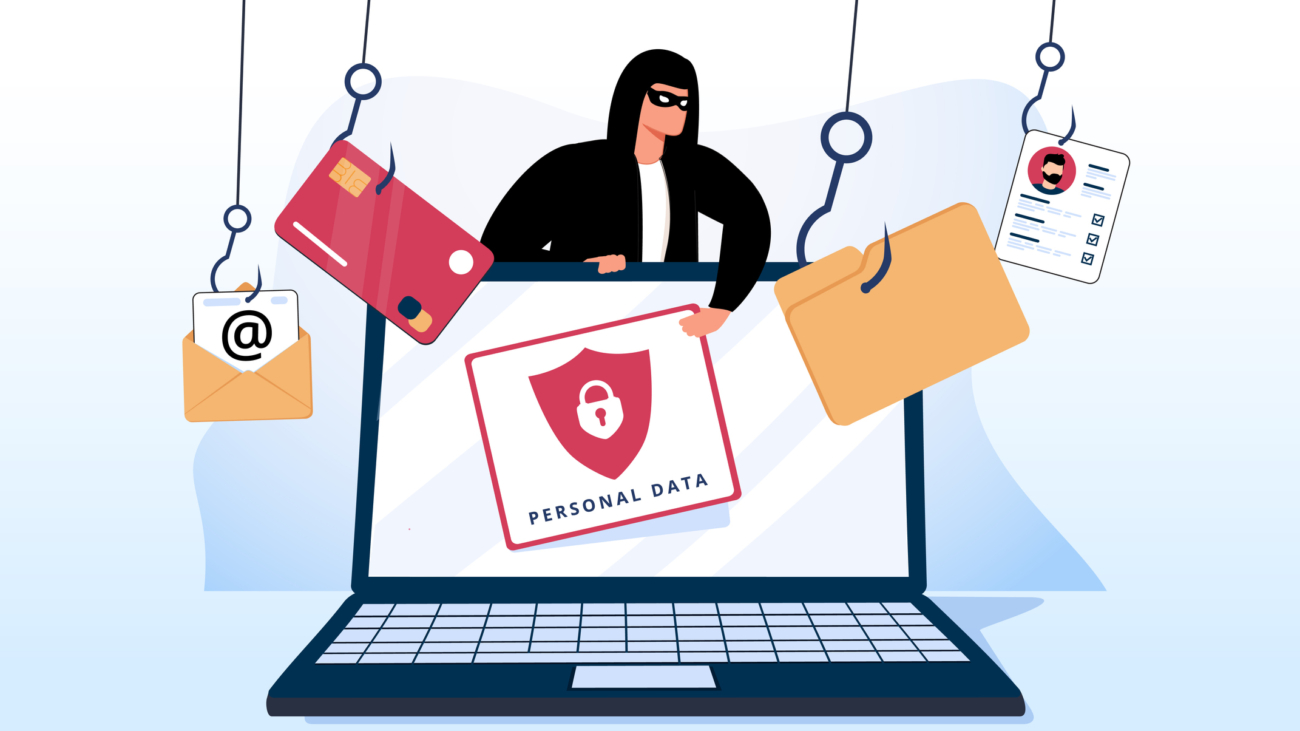Things To Have Before Approaching Your Web Design Team
This article will cover a few areas for our readers who are not interested in a do-it-yourself (DIY) project.
For our article titled Building a Website on a Budget, we covered the areas in building an easy simple website that will cover all the areas of your digital needs. In that, some vital areas may be missed and were not covered as you were focusing on too much as the architect.
While you are trying to hire a web designing team it can be a bit tricky as you may need to check on some specific areas to ensure they fit your niche.
In this we will be covering:
- Budget
- Template
- Custom
- Plan
- Goals
- Purpose
- History of Designer Team
- Visuals
- Revision Process
- Involvement Need
Budget
In all planning, we always make a financial mapping of where we want to be. With this, you know where you are going and the cost to get there.
We prepare for it all, in sorting or budget planning you need to research on “rate for web designer”, this gives the added confidence needed to approach your prospect.
In some cases, you are head set on the individual or company you want to do business with, in that case, contact them directly or via the website to get a possible number.
It is always best to design on your spending size before approaching your designer.
Some companies or individuals will post their pricing categories on websites or varied digital marketing mediums. These may also be categorized by tools used or be it a template or custom website.
Template
In your daily browsing, you may come across quite a few templates like websites some recognizable others may not be so easy.
The modern website usually chooses this as it is an easier do-it-yourself (DIY) which result in an automatic lower cost.
With being templated you may not have much to offer a visitor that another website gives in visiting, this is so there is not much to change with a templated site so your first-time visitor may get the feeling as though I have seen or visited this space before,
Custom
Selecting your custom route may mean that your project will take a bit longer this is so as your website will be building from the ground to get to the awesome finished product.
This will also be a bit more on the costly side and as you were able with the templated version to have a DIY project, without a solid experience in the web designing field you may not be able to take this project on yourself.
While the look and feel can and may be the same as the template your designer will have much freedom to manipulate the design as seen fit and hence may give your audience a fresh taste when visiting.
Plan
Your plan includes it all, from the beginning which includes the budget to the color scheme, number of pages, the audience you will be targeting, and the platform to build on and launch.
This is the area where you decide based on the service you are providing you ask some of the most important questions.
- How interactive my site should be?
- What are some of the features my visitors will need? In this, you can think it up based on what you will need, and feel free to ask a friend or colleague’s opinion.
To ensure you have covered the above questions and you are on top of your planning (crossing all t’s and dotting the I’s), you can make a planning wish list or vision board.

In planning your marketing, you ask yourself, what are some of the more economical ways to market your website in its space? Some of those are:
- Blogs
- Emails
- Search engine optimization (SEO)
- Social media
The route that is a bit less economical is by contacting a company that uses click-through rate tools (CTR). In this, they simply handle the SEO parts for you.
Goals
Remember the wish list and vision board mentioned above? That will for sure have all the goals for your website on there if you are precise in all areas.
Your goal should be all you know your company or brand needs and with that know how to get there. Before approaching any designer, you need to know exactly what that is.
Most individuals, are designing a website to boast sales and improve brand awareness and in getting there they will need to generate leads, improve CTR (for existing site owners), and adequate to high CTR for new site owners.
While it is that a web designer can help you get there we advise you to do your research and while you may not have all questions answered you will have most. Having done your research helps as some designers or designing companies do charge for consultation and brainstorming your ideas.
Purpose
The purpose of your site drives the goal and this drive the design which affects areas such as the number of pages, the title of pages, and the content on such page. In the event you are uncertain about the pages or number of pages you want to have, start with the general expectation and then go from there:
- Home
- About Us
- Services
- Contact
In recent times a creator would have created a webpage for you and that is that but now, creators are conscious of the fact of ranker on the varied search engines and in this want to get the best of it over some time.
It also helps if you go ahead and research others’ work in the niche that you are creating the site for those pages will give you great ideas.
Your site will best serve its purpose if constantly updated and trending, so be sure to post fresh content as often as possible. This content should never be random but must be associated with what your site and product are about.
History of The Designer
There are a few questions that you need to answer before signing off on a designer. Note not all answers may be the ones you want but the designer should check the majority of the boxes. Here are three you can start with:
- May I see the work you have done before?
- Have you worked on projects similar to what I am requesting?
- What is the possible timeline for delivery?
These questions are usually selected as a starter, if your designer cannot see your end goal and guide you along the correct path in the event you are a bit off, it would not be the correct one. The project would take twice as long if you and your selected design do not see the same finishing line.
Visuals
Visuals or images you will need to gather before closing in on your designer, these include, photographs, videos, logos, and animations. Some designers will indeed assist in the event you are using stock images. Stock photo is not the way to go for all as some website needs personal touch dependent on your products and the service you will be offering.
In obtaining all images for your website always remember the copyright and infringement act. What does this mean? This means your images need to be:
- Photograph by you (or you being the owner of)
- Created by you
- Purchased from a professional site that has the authority to sell images
- Created for you by a designer
Some popular used image purchasing sites are:
Involvement Needed
What level of involvement do you think you want to have in the design process of your project (website)?
You have done your vision board and all plans are clear after meeting with your designer but, you need to make clear what level of involvement you will have. This will also gauge the number of meetings and how often.
What if there are additional decisions that are to be made? Do you trust your designer enough to level it all up to them?
We always advise all clients and prospects that when we leave that meeting understanding your goal a mutually beneficial contract is drafted which set the base of our relationship going forward.
Your budgeted your finance for the project also budgets your time and ensures you invest in a design that respects that.
Revision
Ensure you review all that is needed for this project before approaching the designer, this gives the assurance that all that is needed for this meeting is there. Do not pressure it, it is just as simple as going to another meeting and you want to ensure all files are there when you are called on (only that you will be doing the calling).
Revision is also a must as, you and your designer of choice should also have an agreement on what this process will be (weekly, biweekly, …).
A full walk-thru of the project must be done prelaunch.
Now that you have all the vital parts all the best on your new creation or plan. I hope these pointers give you all you need for the new step.


